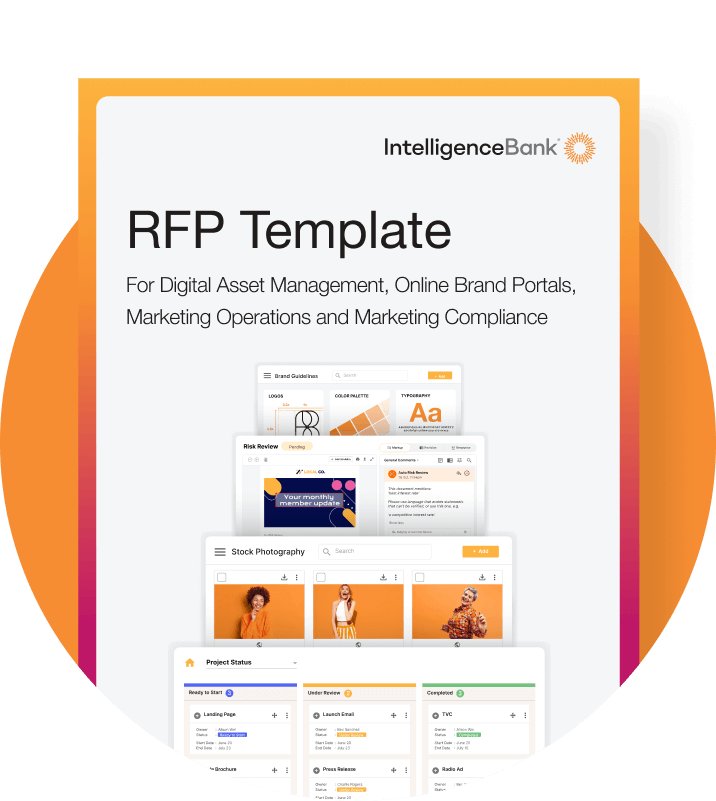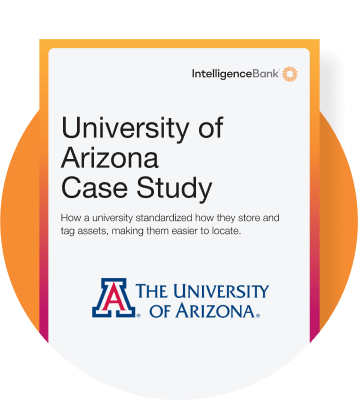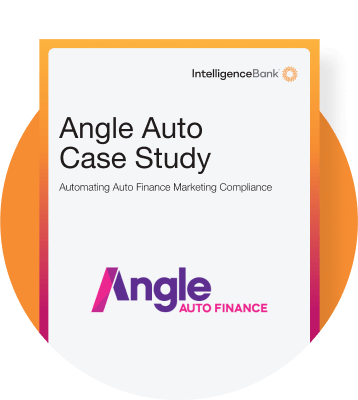A marketing request system is a way to manage how work is initiated, triaged and managed end-to-end. From brief to auto-fulfillment (where possible), to project assignment, SLAs, approvals, and final asset storage in a Digital Asset Management (DAM) system, it’s the control center marketing teams need to stay agile and frankly not burnout. You’ll hear it sometimes referred to as a ticketing system, but it’s more than that. We call it the ‘Front Door to Marketing’.
The ‘Front Door’ helps ensure that work involving the marketing team is presented in a standardized, prioritized, and trackable way. It is designed to be used by the marketing team, others within the business as well as third parties such as agencies and partners.
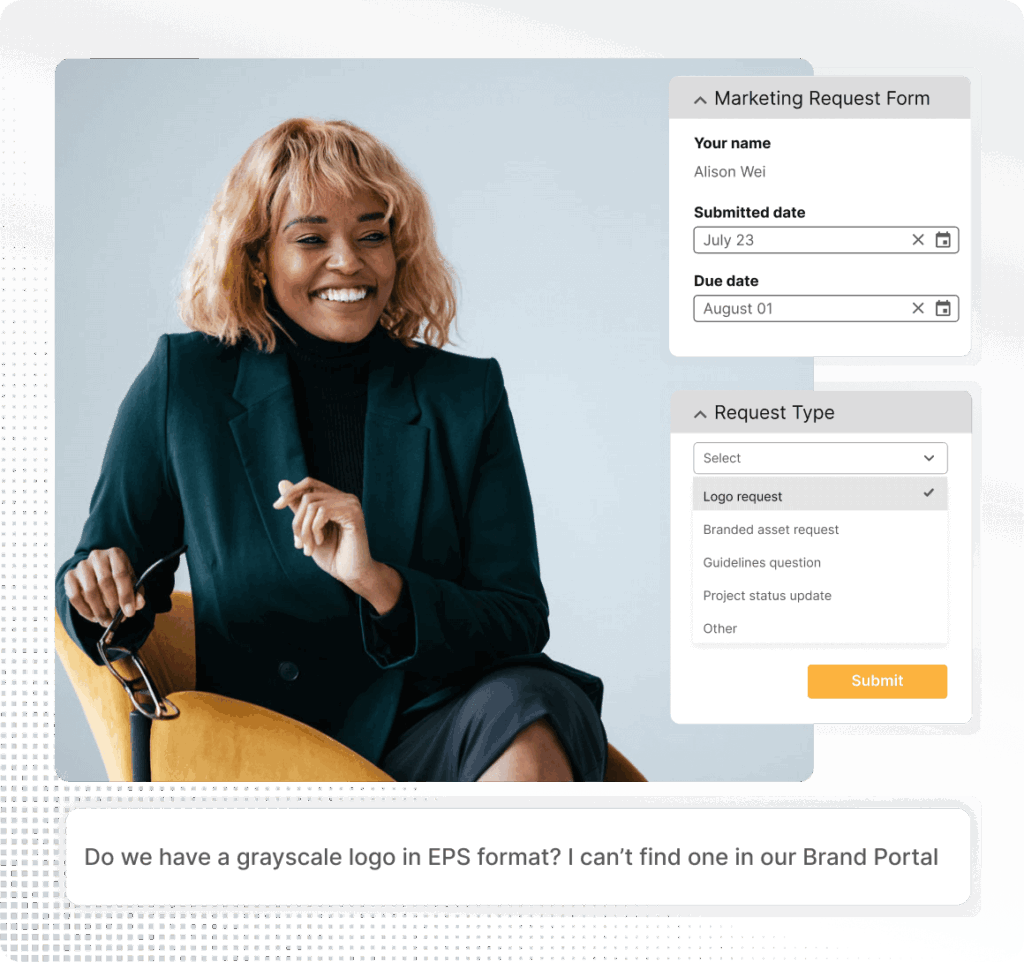
Why a Marketing Ticketing Systems Makes a Difference
If you started out in Marketing even 10 years ago, you probably remember it as all go-go-go. A fast-paced machine of tight deadlines that made your heart pound like you were running the world’s largest bank. Could it get any more stressful?
Turns out, yes.
Today’s omnichannel marketing ecosystem brings more inbound requests than we ever imagined: new campaigns, sponsorships, partner collateral, and product marketing demands are flooding in. And with generative AI, hyper-personalization, and ballooning digital ad budgets, the pace isn’t slowing down.
Many teams still rely on an email inbox to manage these requests. But without a broader structure, chaos takes over. We end up losing track of email threads, duplicating work and overall, not being nearly as efficient as we’d like. Worse than that, quality slips. Marketers can no longer continue old school management of marketing briefs and requests like this given our new environment.
This ‘Front Door’ isn’t just a form; but rather a strategic gateway into a centralized, collaborative marketing workspace that enhances alignment, improves marketing operations process control, and accelerates delivery. So, rather than it being a front door to a bedsit, it’s a front door to a well designed home where projects move seamlessly down connected hallways.
Without a centralized intake and execution process, marketing operates in silos, decisions get delayed, and resources are misallocated. Importantly, when project information isn’t centrally captured and when briefs are incomplete, there is the tendency to waste time going back and forth on just defining the requirements of the project.
The result is that teams spend valuable time chasing approvals or correcting incomplete briefs. All the while, stakeholders grow frustrated by inconsistent and delayed delivery.
Implementing a front door transforms marketing from a chaotic service desk into a strategic, collaborative engine. We break down its key benefits and the business value it delivers below:
Centralizing requests and briefs
At its core, the front door to marketing is a consolidated entry point where all marketing needs are funneled, replacing a haphazard collection of email threads, Slack messages, and spreadsheets. It ensures projects are properly briefed, approved and funded and have appropriate stakeholder sign off.
Here’s why centralization is essential…
- Visibility and control: Marketing leaders and project managers gain full visibility into upcoming workloads, bottlenecks, and dependencies.
- Uniform briefs: Standardized intake forms capture key project details such as goals, audiences, deadlines, budgets and required assets.
- Eliminated redundancy: One unified system prevents overlapping or duplicate requests across departments.
- Ability to automate fulfilment: Some simple requests can be automatically fulfilled, especially when requesting an asset that already exists, which can reduce up to 30% of a team’s workload.
The result is, teams work with clarity and alignment which reduces back-and-forth, rework, and confusion.
Improved quality control
As always, quality starts with clarity. When projects begin with well-defined, centralized briefs or requests and follow structured workflows, quality becomes repeatable – not accidental. And your marketing team can scale.
Here are the key elements of quality control…
- Brief accuracy: Built-in forms force stakeholders to think through their goals, audiences, data requirements, sign off processes and KPIs before submitting.
- Governance: Enforce brand and legal compliance using templates, and approved asset libraries.
- Customizable approval flows: Ensure that nothing goes live without appropriate approvals, including hierarchical sign offs and/or automated brand and legal risk review using AI rules.
With this process in place, teams find there are fewer last-minute corrections, more consistent branding, and better alignment with business objectives.
Efficiency in responding to requests
The front door to marketing eliminates guesswork and delays by enabling faster routing, decision-making, and execution.
Some of the time-saving advantages it brings are…
- Automated workflows: Incoming requests are routed to the right team members instantly, or lower level requests can be automatically fulfilled without human intervention.
- Defined SLAs: Built-in timelines ensure marketing responds within agreed-upon service-level targets.
- Real-Time Updates: Stakeholders see the status of their requests without having to ask. This can be visualized in a kanban board.
With complete and accurate briefs and requests, marketers spend less time chasing info and more time executing value-adding work.
Enhanced collaboration on briefs, projects, and creative initiatives
Marketing rarely works in isolation. Whether you’re producing a brand campaign, trade show stand, product video or multi channel product marketing roll-out, collaboration is critical. At IntelligenceBank, we make it easy for you and your colleagues to collaborate by managing creative markups and approvals from directly within the creative brief. Everything and everyone related to the work ‘travels’ together. In practice the benefits are…
- Shared briefs: Multiple contributors can co-edit briefs in real time – aligning creative, strategy, and channel teams.
- Commenting and feedback: Built-in annotations, chat threads, and review tools keep communication within the platform allows people to review and mark up content within a request form, even comparing versions.
- Cross-Department visibility: Legal, compliance, sales, and execs can easily weigh in at the right time and can be added as approvers or collaborators.
By integrating collaboration into every phase of a project, the front door eliminates silos and encourages creative synergy.
Visual Project Tracking and Reporting
Once the work is flowing, the front door provides real-time tracking, reporting, and visualization tools to keep projects on schedule and stakeholders informed.
Here are some of the visual reporting tools often used…
- Kanban boards: Allow teams to view work by stage (e.g., Intake → In Review → In Design → Approved), or even by project owner which supports agile workflows.
- Gantt charts: Data can be imported into Gantt charts to manage timelines and dependencies for complex, multi-step campaigns.
- Business Intelligence dashboards: Provide high-level insights into volume, capacity, cycle times, bottlenecks, and SLA performance.
With built in visualization capability, not only will you be able to do better capacity planning, but importantly you can instantly identify bottlenecks and find ways to accelerate time to market.
Data-driven marketing operations are only possible when work enters and flows through a centralized, trackable system.
Best Practices for Implementation
If you’re looking to implement a marketing work management system, here are some best practices to guide your rollout:
- Audit current intake methods: Identify where requests are currently coming from (email, Slack, Teams) and map out inconsistencies.
- Design custom intake forms: Tailor forms to key request types – campaigns, creative, digital, event, data briefs, media buying request etc. – with required fields, conditional logic and dropdowns.
- Build a central workspace: Choose a platform that supports request intake, project management, asset storage, and approvals all in one place. While there are many form builders, platforms like IntelligenceBank have been specifically designed to manage the end to end briefing, review and approval, digital asset management and advanced reporting capabilities.
- Define SLAs and approval routing: Ensure accountability by setting deadlines based on project type and required reviewers for each request type.
- Train stakeholders: Ensure all internal teams understand how and when to use the front door- and the value it provides.
- Monitor and improve: Use dashboards and stakeholder feedback to iterate on forms, workflows, and processes regularly.
The best system is one that has end-to-end capability, is easy to adapt and configure (and doesn’t cost a lot every time you want to change a form), integrates seamlessly into your ecosystem and scales with your team’s growth and complexity.
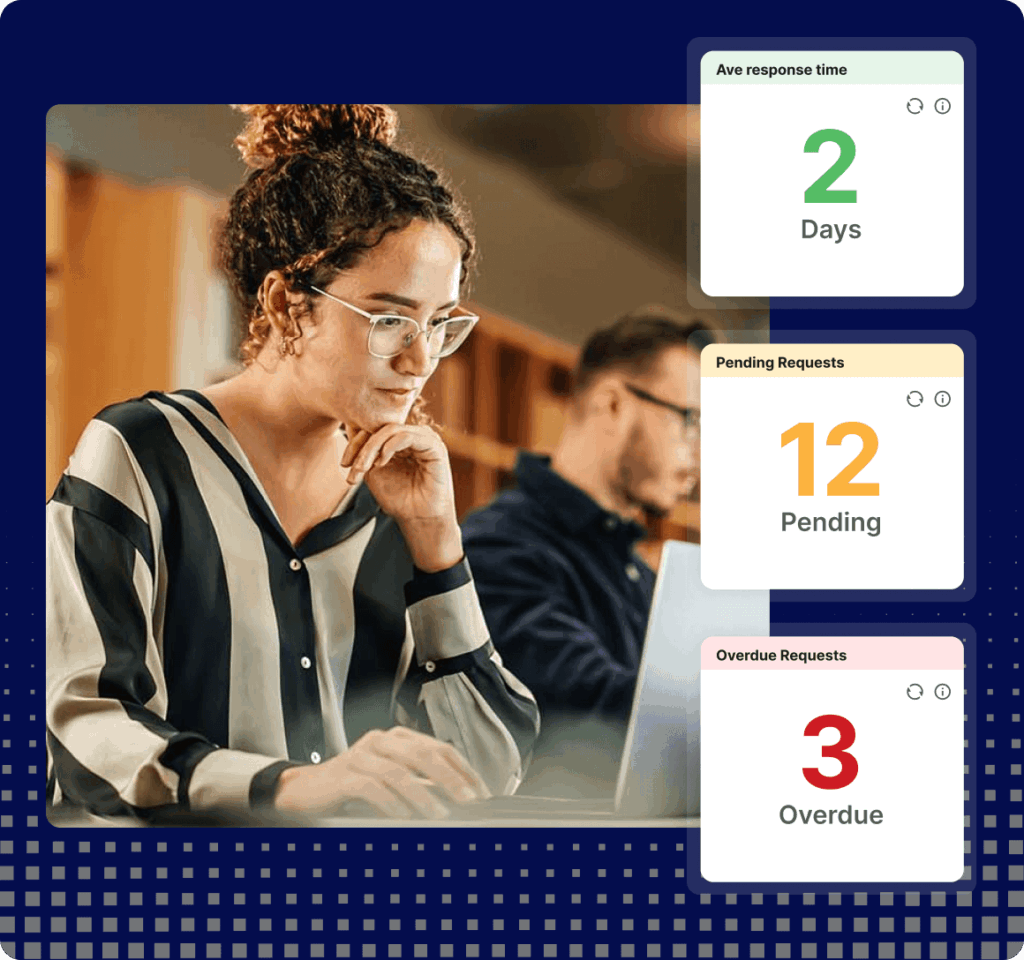
Final Thoughts on Marketing Request Systems
The front door to marketing isn’t just about process, it’s about enabling scale and governance in order to create a modern, agile marketing function that can respond with speed, and maintain brand integrity at every touchpoint.
By implementing a front door model, marketing organizations unlock:
- Centralized requests and briefs
- Quality control through standardized intake
- Faster turnaround times and internal SLAs
- A shared workspace that fosters cross-team collaboration
- Robust visual tracking and business intelligence
- Stronger stakeholder trust and satisfaction
The Front Door to Marketing is the gateway to a smarter, faster, and more strategic marketing operations. Contact us to find out more about what’s behind the door.

